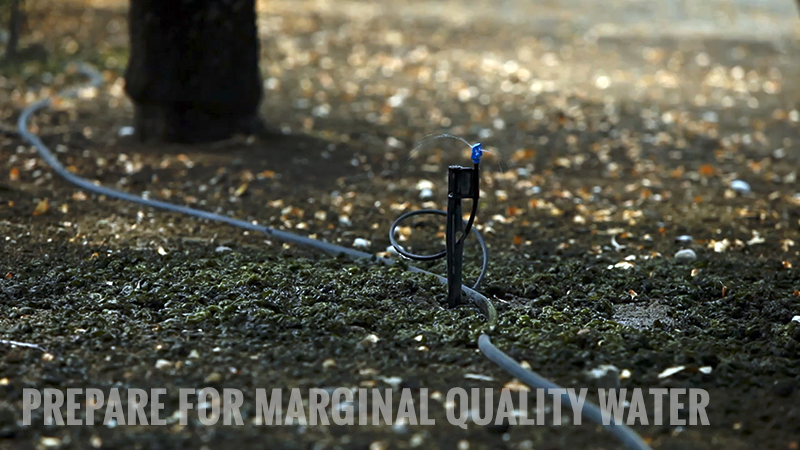New Mexico State University Research Program Works To Breed A Better Onion
New Mexico State University (NMSU) accounts for one of only two active and public onion breeding programs in the country, and it is the only program releasing onion cultivars. About 5,400 acres of onions are under cultivation in Southern New Mexico. NMSU research focuses on developing improved varieties for this area. As a result of this research, 29 cultivars and 11 germplasm lines have been released through NMSU since 1981.
The Onion Breeding Program, directed by Chris Cramer, professor of horticulture, aims to create onions of high quality and adaptability, and those that are disease resistant, bolting resistant, and have low pungency.
“Our job is mainly to develop onion varieties in Southern New Mexico,” Cramer said. “We are working on trying to develop resistance or tolerance to pests and diseases.”
Conducting selection work with the iris yellow spot virus and its Thrips tabaci insect vector, Cramer and his researchers evaluated findings and have discovered some material that develops fewer symptoms to diseases.
“The thrips are attracted to the leaf color and wax,” Cramer said of the tiny insects, “and tend to reproduce more in drier conditions. Higher temperatures with more thrips equal bad signs for the plant.”
The insects survive on the leaf cells, sucking up sap, forcing the leaves to dry up and brown. In large populations thrips can result in smaller onion bulbs and affect the total yield. “It affects the plant’s ability to photosynthesize and to grow larger,” Cramer said.
The disease and insect vector can cause $60 million to $90 million in damage to onion crops in the U.S. and require $7.5 million to $12.5 million in pesticide control costs. Although thrips are most destructive to onions, they also feed on alfalfa, weeds, potatoes, tomatoes, and cabbage.
“Currently, there isn’t any resistance to the thrips or virus,” Cramer said. “The thrips are doubly dangerous because they host the virus, which is transmittable from plant to plant. The symptoms caused by the virus usually become evident and worse under very stressful environmental conditions.”
The iris yellow spot virus is managed by containing the thrips. Steps to reducing the number of the insects include choosing appropriate field location, managing weeds, selecting the proper cultivars, and following proper irrigation methods.
“Some of the chemical means that have been used in the past aren’t very effective in controlling them,” Cramer said. “Some of pesticides don’t work well when the temperatures are very high, plus through their repeated use and high number of generations that these insects have, they quickly become resistant to the chemicals being used.”
Research found the thrips are more attracted to dark leaves with more wax than the lightly colored leaves with less wax. Producing a variety without the attractive dark-green color could account for better yields.
Fusarium basal plate rot is a disease caused by a common soil fungus. First symptoms appear on the tips of the leaves, causing the roots to rot where the onion begins to decay at the basal plate, and eventually spreading upward. The disease is often missed until harvest and is likely to appear during mid to late summer when infections and diseases develop more quickly due to high soil temperatures.
Methods to prevent basal rot include keeping a well-drained and sandy soil bed and rotating crops out every four years.
“Growers are becoming more limited in how they can rotate from field to field,” Cramer said. “The pathogen will start to build up where they’ll see higher levels of the disease and become more prevalent over time.”
The program also works to support the onion industry in the U.S. where onions are ranked first in total production and second in yield per acre. From 2000 to 2012 onions generated more than $900 million annually. In 2007, the average person in the U.S. consumed 20 pounds of onions.
NMSU’s Onion Breeding Program continues to work toward developing an onion germplasm tolerant to the pests and diseases, which could result in significant financial savings worldwide.
Source: New Mexico State University press release









